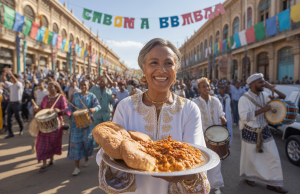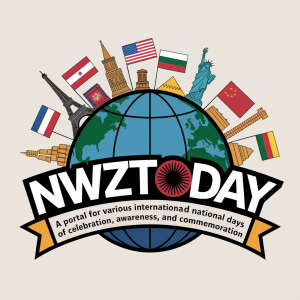Every year on March 24, the world pauses to observe the International Day for the Right to the Truth concerning Gross Human Rights Violations and for the Dignity of Victims. It is a day of remembrance, reflection, and action dedicated to acknowledging the dignity of victims and reaffirming the importance of truth and justice in addressing human rights abuses.
Why is this Day Celebrated?
This day serves as a powerful reminder of the fundamental right to the truth for victims of gross human rights violations and their families. It highlights the need to uncover the truth about past abuses, ensure accountability, and restore dignity to victims by acknowledging their suffering. The truth has the power to heal, empower, and pave the way for justice and reconciliation.
The History Behind the Day
The United Nations designated March 24 as the International Day for the Right to the Truth in honor of the memory of Archbishop Óscar Arnulfo Romero of El Salvador. Archbishop Romero was an outspoken advocate for human rights and a vocal critic of inequality and oppression. Tragically, he was assassinated on March 24, 1980, while conducting mass, for courageously standing up against systemic injustices and defending the rights of the marginalized.
Through his legacy, this day symbolizes the global fight against impunity and the collective pursuit of truth and justice for victims of human rights violations.
The Significance of the Day
The importance of this day lies in its emphasis on truth as a cornerstone of justice and peace. It honors victims who suffered unimaginable atrocities and their families who continue to seek answers and accountability. By shedding light on hidden truths, societies can learn from past mistakes, promote reconciliation, and prevent future violations.
It also serves as a call to governments, organizations, and individuals to uphold human rights, confront injustices, and protect those who advocate for truth and dignity.
How is it Observed?
Various activities and events are held worldwide to commemorate this day. These include:
- Public Awareness Campaigns: Educational workshops, webinars, and social media drives to spread awareness about human rights and the significance of truth.
- Tributes to Victims: Vigils, art exhibitions, and storytelling sessions honoring victims and their resilience.
- Advocacy for Justice: Advocacy groups often release reports or hold discussions highlighting unresolved cases and calling for action.
Individuals can participate by learning about human rights issues, supporting advocacy groups, or sharing stories that inspire change.
Fun Facts About the Day
- The day commemorates Archbishop Romero, who was canonized as a saint in 2018 by Pope Francis for his unwavering commitment to justice.
- Did you know? The right to truth is recognized in various international human rights treaties and declarations.
- Many countries have their own truth commissions dedicated to uncovering historical human rights abuses.
What Can You Do?
The International Day for the Right to the Truth is not just about looking back—it’s also about taking action. Here’s how you can make a difference:
- Educate yourself and others about human rights and the importance of truth and dignity.
- Support organizations working to uncover the truth and advocate for justice for victims.
- Use your voice on social media to amplify messages of truth, justice, and reconciliation.
By coming together, we can honor the memories of victims, support their families, and create a world where truth and justice prevail.
So, this March 24, take a moment to reflect, learn, and act. Let’s make a collective effort to ensure that the voices of victims are heard and their dignity upheld.









